The world isn’t standing still, that’s for sure.
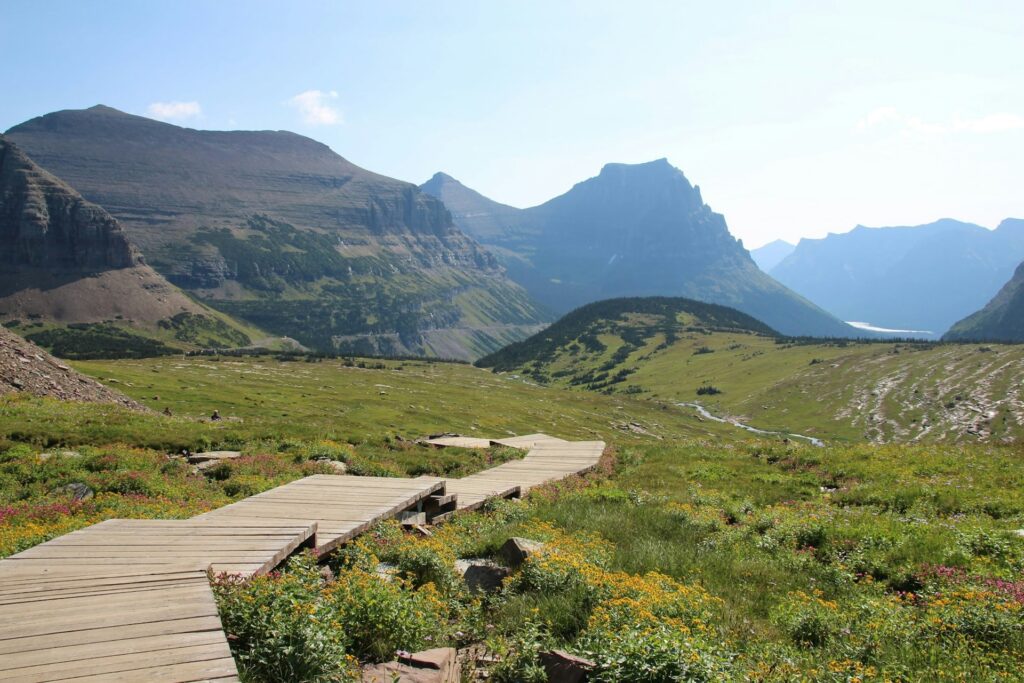
The planet as we know it isn’t the same from one day to the next, while we often take it for granted that the natural beauty we’re used to will always be there, that’s not the case at all. Thanks to climate change, tourism, human development, and natural forces, these landscapes are changing so rapidly that the version you see now may not exist in a few decades.
1. The Great Barrier Reef, Australia
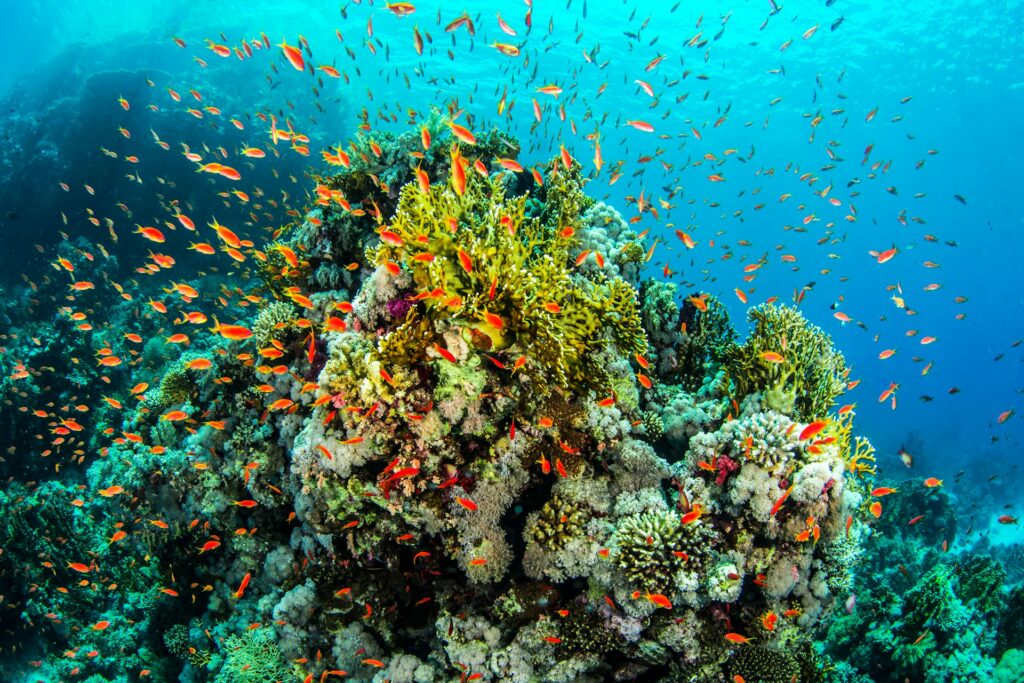
Once a kaleidoscope of colour and marine life, the Great Barrier Reef is now one of the clearest examples of climate damage in real time. Repeated bleaching events caused by rising sea temperatures have already wiped out large sections of coral.
Scientists warn that without drastic changes, much of the reef could lose its vibrancy or disappear entirely. If you visit within the next decade, you’ll still see beauty. But if you wait too long, what remains may be only a shadow of what it was.
2. The Arctic ice sheets
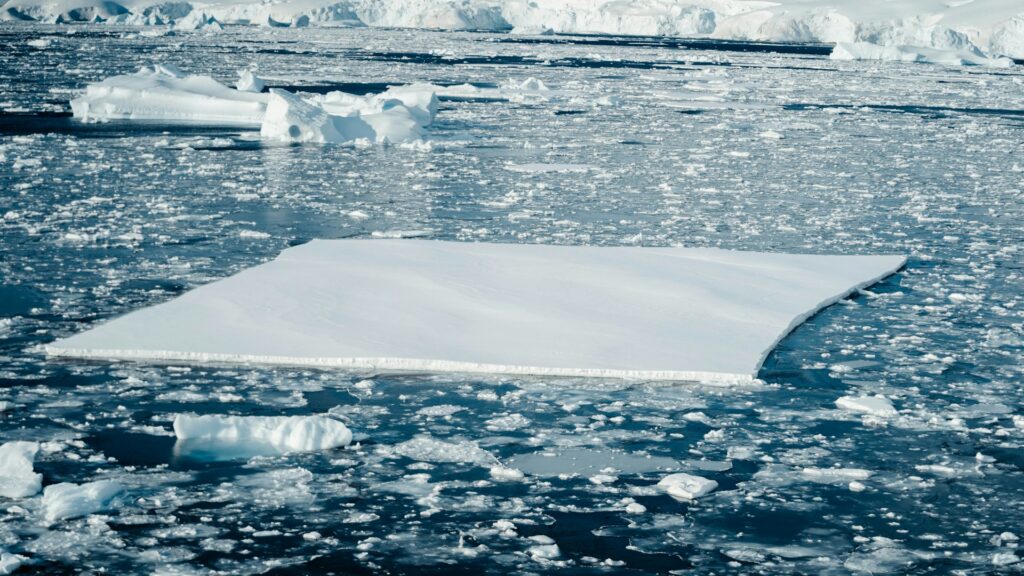
The Arctic landscape is shifting at a pace that’s hard to comprehend. Glaciers that once towered like frozen mountains are shrinking, calving off into the sea, and disappearing from satellite images year by year.
This isn’t just a polar problem. Melting ice affects global sea levels and ecosystems, and Arctic communities are already watching their environment reshape in ways that feel irreversible. The frozen North is becoming increasingly blue and open—something no one expected to see so soon.
3. The Amazon Rainforest, South America
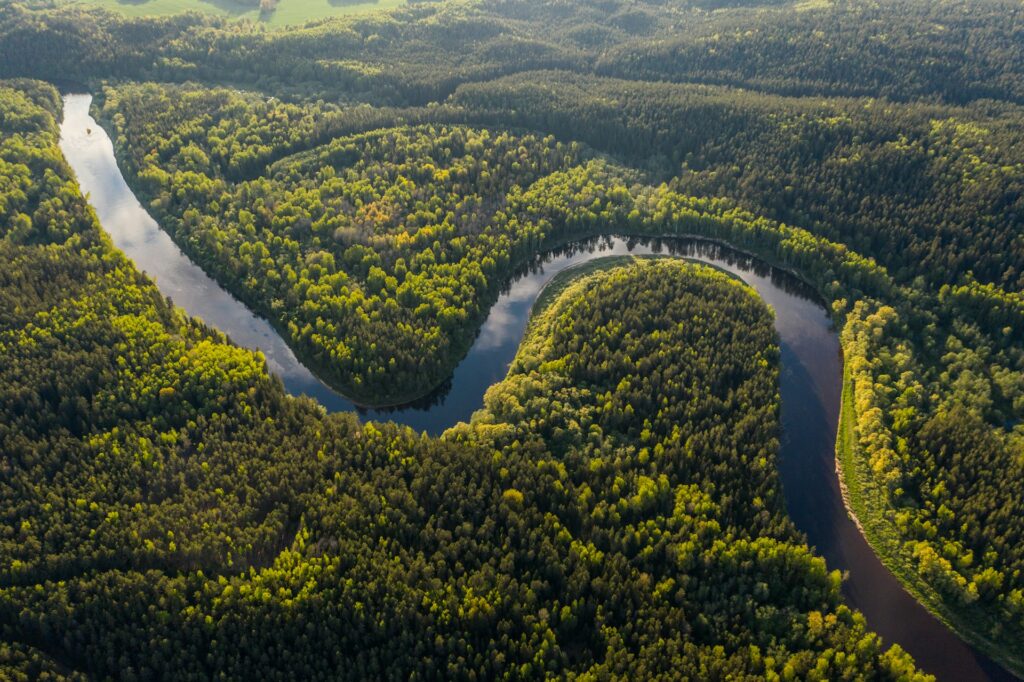
The Amazon isn’t just a jungle. It’s a complex, living system that influences rainfall, oxygen levels, and biodiversity around the globe. But it’s being carved up at an alarming rate by deforestation, wildfires, and commercial development.
Entire sections of once-impenetrable forest are now open land, and as this continues, the Amazon could reach a “tipping point” where it can’t sustain itself as a rainforest. In your lifetime, large swaths may turn into dry savannah, forever altering the planet’s climate balance.
4. Mount Kilimanjaro, Tanzania
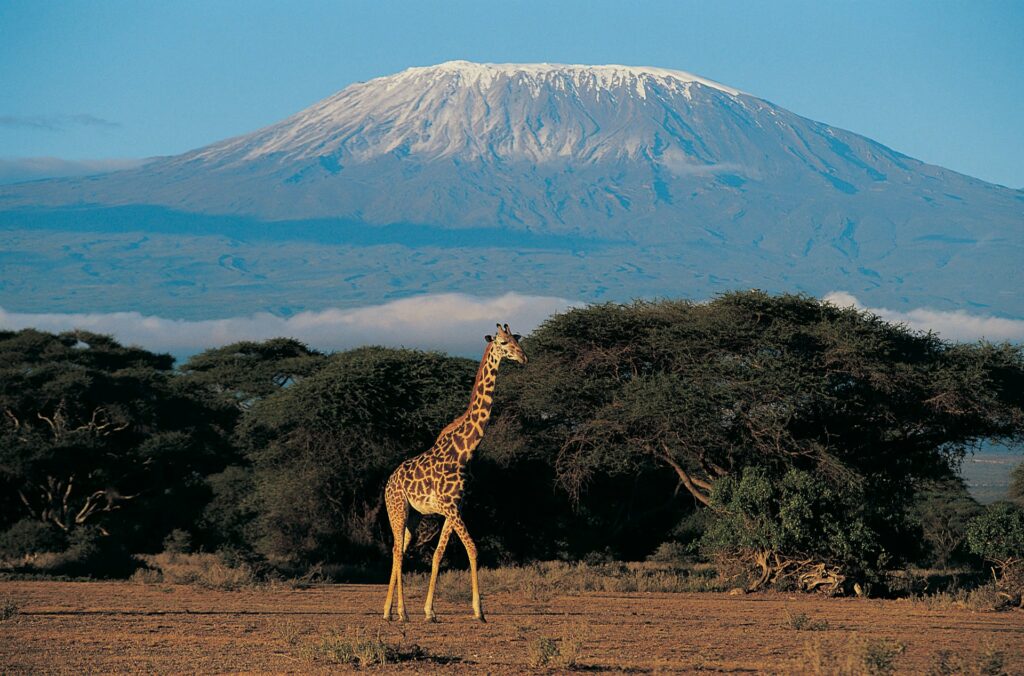
Mount Kilimanjaro’s snow-capped peak is iconic, but the snow is melting. Glaciers that once stretched across the summit are retreating so fast that they’re expected to vanish entirely within a few decades. If you’ve seen postcards of the mountain glowing under snow and ice, know that future generations may only see the rocky summit. Scientists estimate that by 2040, Kilimanjaro could be completely ice-free, which would be a drastic change for one of Africa’s most recognisable landmarks.
5. The Dead Sea, Israel/Jordan
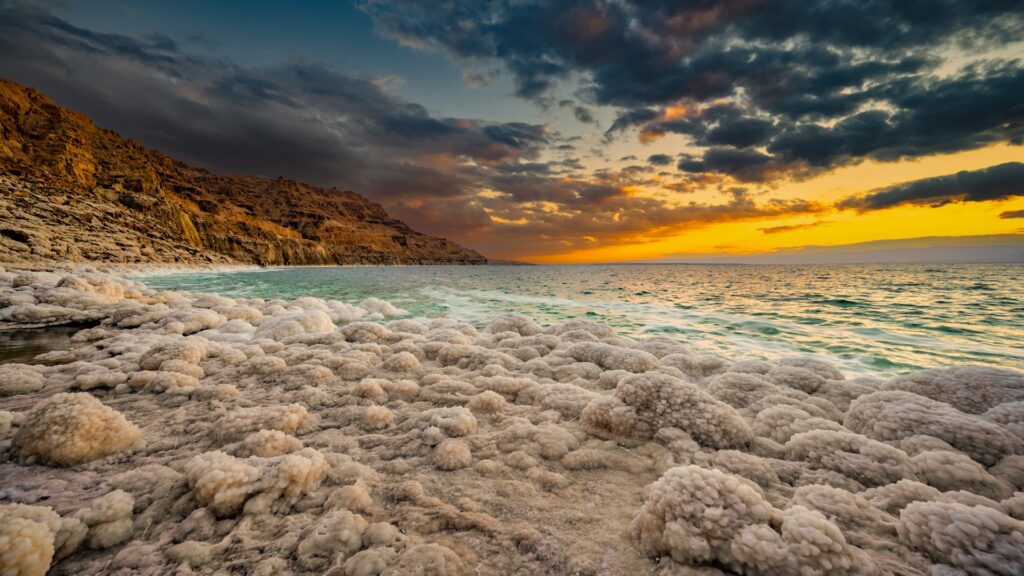
The Dead Sea is shrinking fast. Every year, its water level drops by over a metre due to mineral extraction, diversion of incoming water, and climate changes. Sinkholes now dot the landscape, making the terrain around it unstable and unrecognisable in places.
What used to be a vast, shimmering inland sea is now fragmented, surrounded by barren land. Within your lifetime, large parts may become completely dry or turn into salt flats, with the “shoreline” receding kilometres from where it once was.
6. The Swiss Alps, Europe
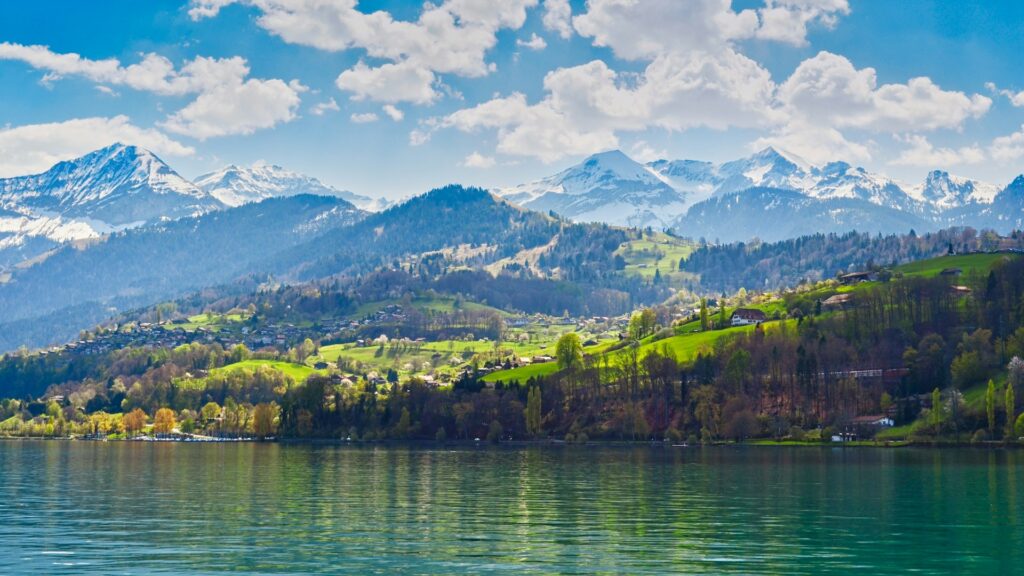
The Alps are a postcard-perfect symbol of Europe—snowy peaks, glacial valleys, and clear mountain air. But their glaciers are disappearing at a record pace, shrinking more every year due to rising temperatures.
Alpine ski resorts are already struggling to adapt, relying on artificial snow and shorter seasons. Within a few decades, many of the iconic white-capped peaks may be bare for most of the year, changing the region’s entire visual and cultural identity.
7. The Maldives, Indian Ocean
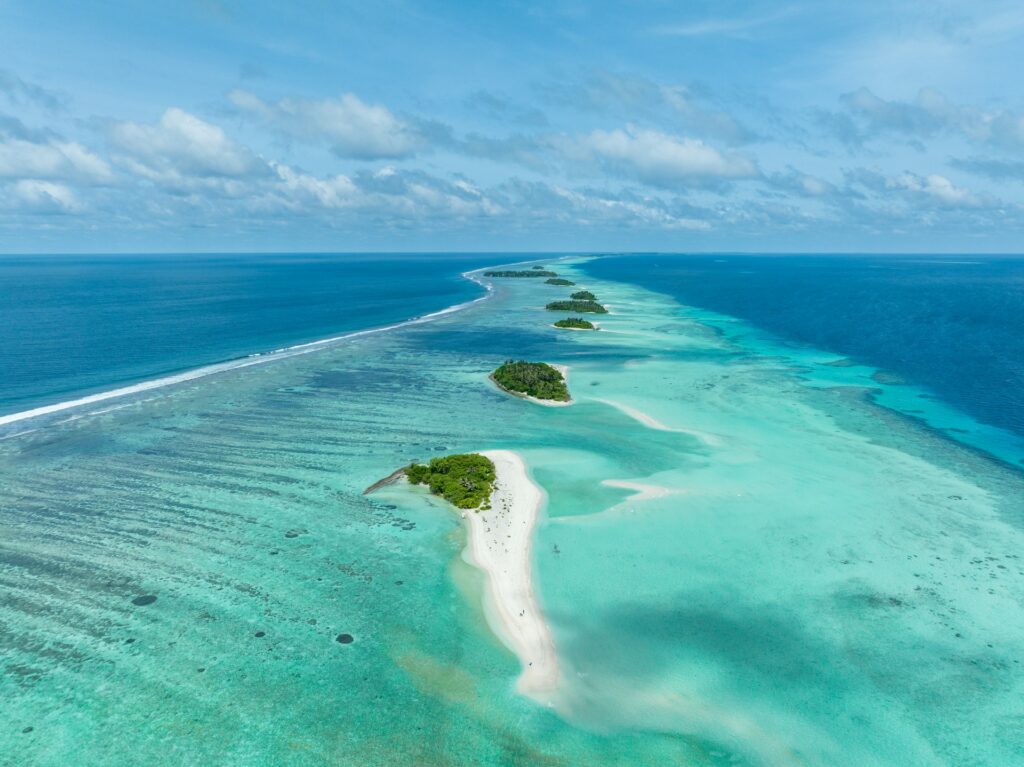
The Maldives are a dream destination, for sure, but they’re also among the world’s most vulnerable landscapes. As sea levels rise, these low-lying islands face the threat of submersion. Some may become uninhabitable, while others could disappear entirely.
The government has even explored plans to relocate populations or create floating architecture. If changes aren’t made globally, the Maldives as you know them today may be a memory within your lifetime—visited by divers, perhaps, but no longer lived on.
8. Greenland’s ice fields
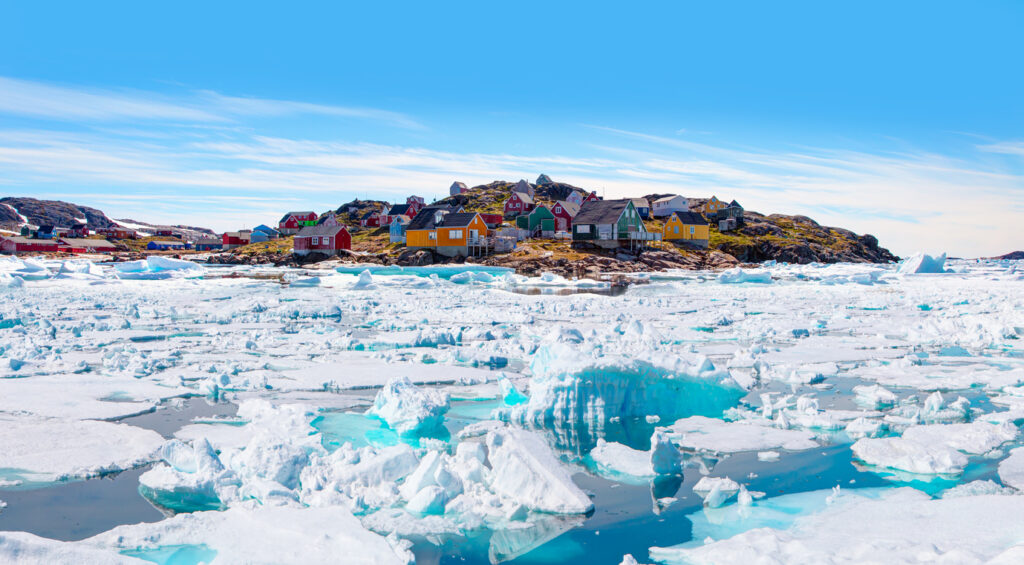
Greenland is losing billions of tonnes of ice every year. Its once-stable glaciers are now flowing into the sea faster than ever, carving dramatic new fjords and reshaping the coastline. This landscape is changing not just visually, but structurally. Rivers and lakes are forming where solid ice used to dominate. What was once considered ancient and immovable is becoming fluid and unpredictable, rewriting maps in real time.
9. Venice, Italy
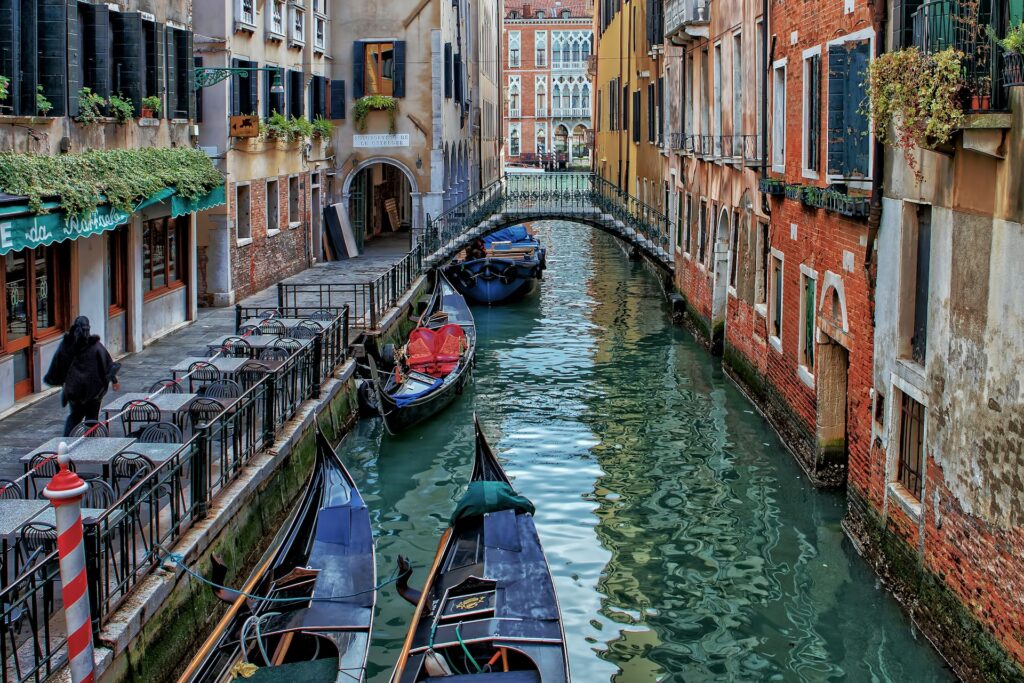
Venice has long been famous for its canals and romantic decay, but its sinking has now reached critical levels. The city is experiencing more frequent “acqua alta” floods, forcing authorities to install floodgates and raise pavements.
The effects of climate change and rising seas could push Venice to a point where it becomes functionally uninhabitable. Within your lifetime, it may transform into more of a preserved museum than a living city—visitable, but no longer truly alive.
10. Glacier National Park, USA
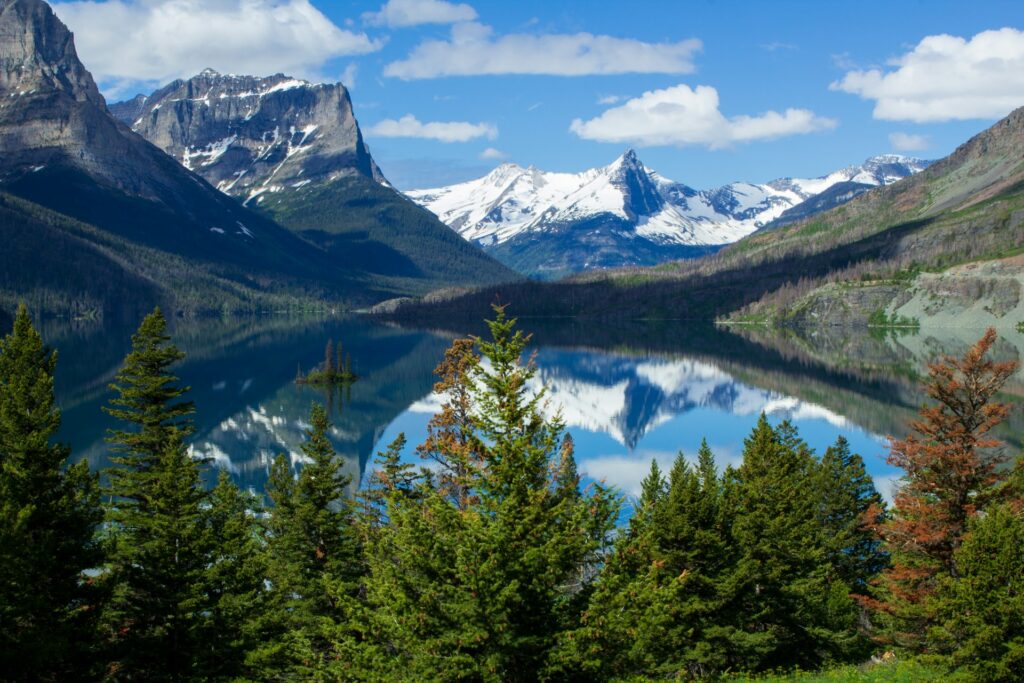
Despite the name, many of the glaciers in Glacier National Park are vanishing fast. The park had over 100 glaciers in the early 1900s. Today, fewer than 30 remain, and most are retreating rapidly.
If current trends continue, the park could lose almost all of its named glaciers within the next couple of decades. The landscape will still be beautiful, but the iconic ice features that once defined it may be gone, altering both the ecosystem and the experience for future visitors.